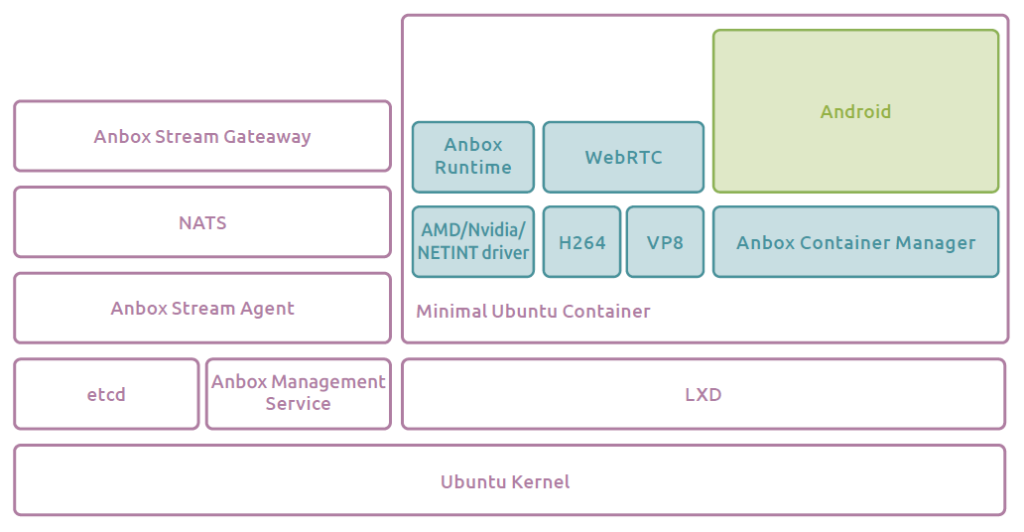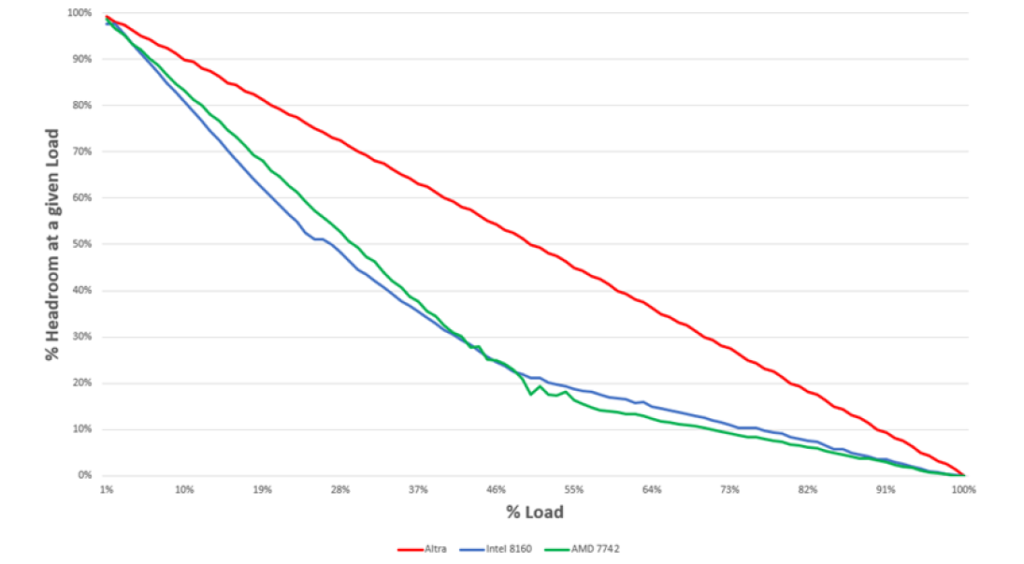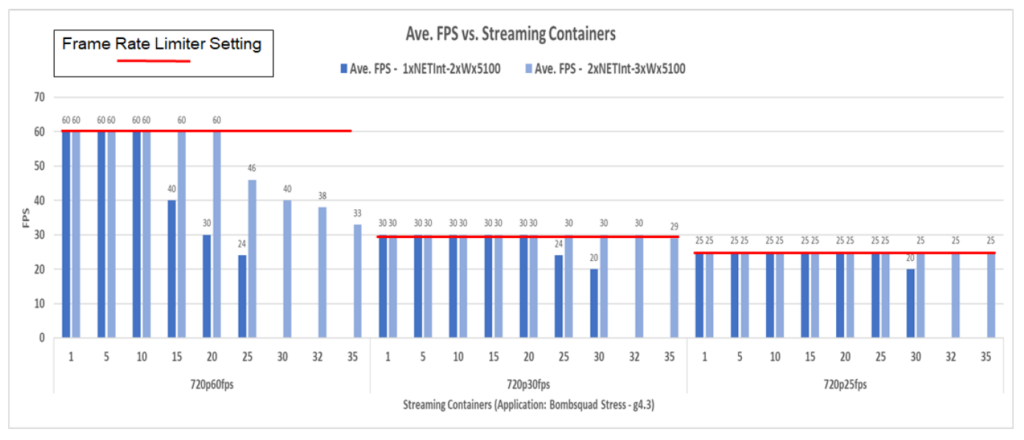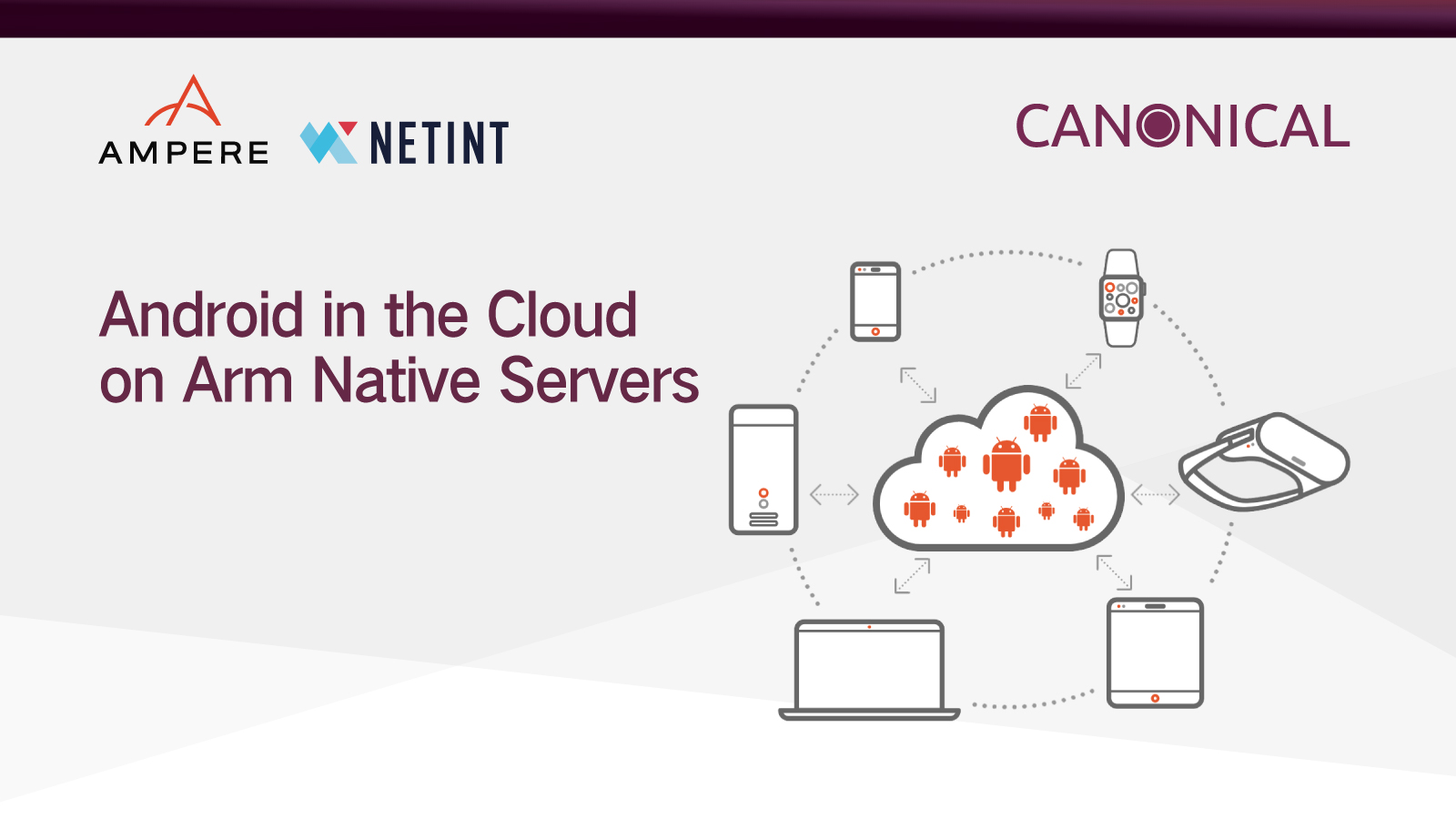Whitepaper Synopsis:
Canonical, Ampere, and NETINT Establish Video Encoding in the Cloud on Arm
“Mobile gaming is expected to outpace console growth and, according to IDC, will continue to be a dynamic market with a bright future as 5G becomes a key driver.”
Introduction
This paper examines the practical and commercial use cases driving the interest and development of a new cloud-based infrastructure built using Arm-based servers from Ampere hosting NETINT Codensity™ NVMe Video Transcoders running in the Canonical Anbox Cloud. The combined solution offers an example for how a service provider, developer, or hyperscale social gaming platform can take advantage of Arm native computing in a cloud context. A case study focused on cloud gaming demonstrates each solution component’s advantage when deploying a scalable and efficient Arm-based system as a new computing class.
Arm Native Cloud infrastructure
The Arm architecture dominates the mobile processor market with its unrivaled ability to maximize power-efficiency. As a result, there are now billions of Arm-based chips used in mobile phones, laptops, tablets, IoT devices, and embedded applications throughout the world. Arm’s ability to deliver high performance at a fraction of the power required by existing architectures has driven a new era in mobile computing, and soon video.
As a result, another period of innovation using Arm is coming to the data center. Facilitating this migration is an Arm ecosystem powering a cloud-native computing environment from the edge to the core that is enabled by an ultra-efficient architectural platform built from the ground up with the ability to scale to unimagined video encoding density.
Ampere’s market-leading server platform leads the industry beginning with the Ampere® Altra™ based on the Arm RISC architecture. Combining server compute density, instruction set compatibility, and a virtualization layer capable of instantiating hundreds of Android instances offers a unique platform for innovation and new use cases to lead the next wave of interactive, connected applications and services.
Existing x86 server solutions based on 30-year-old technology cannot deliver the scalability, cost, efficiency, power, and core density required by interactive video applications like cloud mobile gaming. The Arm Native Cloud enables interactive video workloads to run on Arm-compatible servers using Ampere processors that provide the highest architectural compatibility possible.
Canonical Anbox Cloud
Canonical Anbox Cloud allows highly efficient containerized workloads using Android as a guest operating system to power interactive application experiences through a platform that provides more control over performance and infrastructure costs. It offers the flexibility to scale video encoding operations based on user demand and service request fluctuations.
Anbox Cloud can be hosted in the public cloud for near-infinite capacity, high reliability, and demand elasticity. Or on edge infrastructure where low latency and data privacy are a priority. Public and private cloud service providers can easily integrate Anbox Cloud into their offering to enable mobile interactive video and gaming applications in a PaaS or SaaS service model. Telecommunication providers can create innovative value-added services based on virtualized mobile devices for their 4G, LTE, and 5G mobile network customers.
Anbox Cloud Software Stack

Anbox Cloud is built on existing software technologies from Canonical, namely LXD as a container hypervisor and the Ubuntu operating system. The Anbox runtime environment integrates WebRTC based streaming to a remote user utilizing either software or hardware-accelerated video encoding.
NETINT Running on Anbox Cloud Powers Cloud Mobile Gaming
While cloud mobile gaming represents an enormous market opportunity, the use case presents significant challenges regarding scalability and performance. Game developers need to ensure excellent user experiences, which means they must achieve low latency while maintaining high video quality. On the other hand, they need to operate on a cost-effective platform that can be easily scaled.
Video Features include:
- Real-time H.264 and H.265 Decoding and Encoding.
- Deterministic, ultra-low latency encoding that is able to deliver the most responsive gameplay experience.
- 8K/4K/HD video resolutions supported.
- HDR format support for HLG/HDR 10/HDR 10+/Dolby Vision.
- Flexible 2.5″ NVMe U.2 modular plug and play form factor for easy integration into common data center server configurations.
- High-Density, able to encode 16 720p30 streams per T408 U.2 module and 64 720p30 streams per T432 add-in card (AIC).
- Ultra-Low Power consumption with just 7 watts per T408 U.2 module and 27 watts per T432 AIC.
- Native support for containerization and virtualization.
- Integrated with FFmpeg.
The Anbox solution is tuned for the Ampere eMAG and Altra servers to showcase cloud gaming efficiency and performance. In the image below, it’s easy to see the superior density and performance of BombSquad1, a 3D mobile game, running at extremely high density on an eMag server. The game ran at various frame rates and at 720p resolution using hardware-accelerated vs. software video encoding to show a good representative model of real-world 3D game performance.
Advantage of Hardware Accelerated Video Encoding

The above graph highlights the benefit of using hardware accelerated video encoding to offload the CPU intensive operations’ video streaming. In this case study, the video encoder required no more than 60% of available CPU cycles under high-density stress testing. As the density increases, the frame rates significantly degrade until the system saturates.
Using our Codensity technology, the encoding overhead is removed from the CPU load, delivering a two-times increase in density. With this added capacity, the platform can support a higher number of instances per server at more stable frame rates than the same solution using software-based encoding operating only the CPU.
Anbox Cloud enables graphic and memory-intensive mobile games to be scaled to many users while retaining the responsiveness and ultra-low latency demanded by gamers. The next figure shows the result of adding more video acceleration hardware to the same eMag system to utilize the spare cycles freed up by offloading the game streams’ encoding.
Balancing CPU, GPU, and ASIC Utilization for Optimal Performance

As this figure illustrates, the value achieved by balancing the system across compute (CPU), video rendering (GPU), and video streaming (Encoders) allow Anbox Cloud to deliver the maximum game instance density for the entire platform reducing the cost per instance of delivering games in the cloud significantly.
The total cost of ownership (TCO) of the video platform is a critical evaluation criterion for any service provider considering a cloud-based service for gaming. The TCO of an Arm-based system running native Android instances is the most cost-effective method for delivering a cloud gaming service. Based on analysis from this study, it can be clearly seen that the platform delivers a three times improvement in overall TCO for the mobile cloud gaming use case. NETINT, Ampere, and Canonical are proud to be driving a new era for cloud gaming using a combination of Arm and ASIC-based hardware, along with Android native applications.



